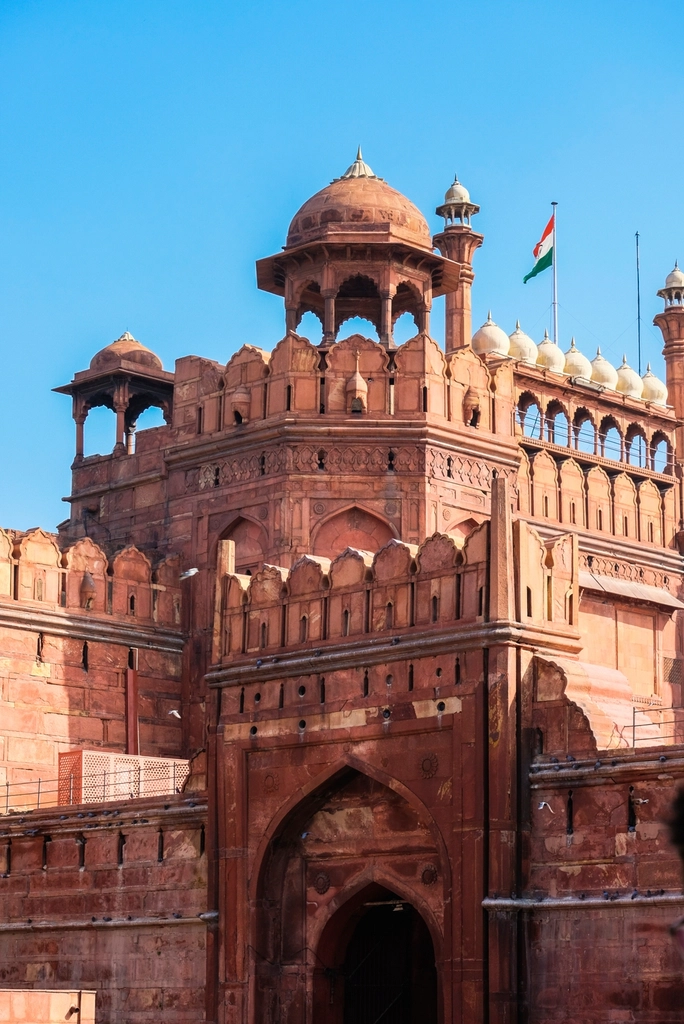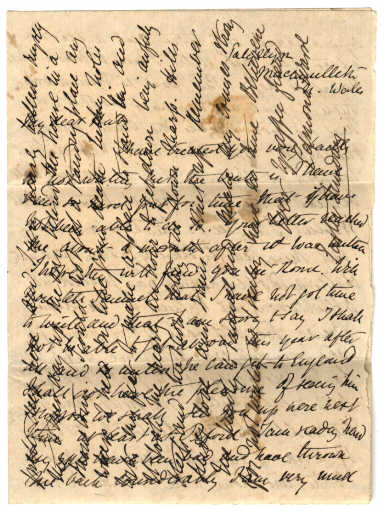The Grandeur of Mughal Architecture

Delhi’s skyline is graced by some of the most breathtaking Mughal structures, standing as silent witnesses to centuries of royal opulence. The Red Fort, with its imposing red sandstone walls, and Humayun’s Tomb, surrounded by lush gardens, are more than just monuments; they are masterpieces of artistry and vision. The detailed latticework, sprawling courtyards, and ornate domes reflect the sheer ambition of the Mughal emperors who once called Delhi home. In 2024, the Red Fort continued to be a magnet for both domestic and international tourists, drawing in over 3 million visitors eager to step into history. The blend of Persian, Indian, and Islamic architectural elements is evident in every arch and alcove, representing a harmonious fusion of cultures. These sites are not just relics of the past; they remain vibrant icons of national pride and artistic achievement. As photographer Raghav Verma said in a recent interview, “Every picture taken at the Red Fort is a frame of living history.”
The Legacy of the British Raj

The British Raj dramatically altered Delhi’s cityscape, infusing the capital with grand colonial architecture that still commands attention today. India Gate, with its solemn grandeur, stands as a national monument honoring the soldiers who sacrificed their lives in World War I. Rashtrapati Bhavan, the official residence of India’s president, is an awe-inspiring blend of Western classical and Indian design elements, featuring sprawling lawns and stately columns. Restoration projects completed in 2024 have breathed new life into these landmarks, ensuring their stories remain accessible to new generations. The government’s commitment to maintaining these sites has sparked renewed local interest, with visitor numbers steadily on the rise. These colonial-era buildings symbolize both the complexities of India’s journey to independence and the ambitions of a city reinventing itself. As Delhi-based historian Priya Malhotra noted, “The British left behind more than just buildings; they left a legacy we’re still unpacking.”
The Allure of Rajputana Influence

Delhi’s regal charm is further deepened by the distinctive touch of Rajputana aesthetics, visible in several palatial structures scattered throughout the city. The Feroz Shah Kotla, with its majestic ruins and intricately carved balconies, stands as a testament to the region’s Rajput rulers. These buildings were not only royal residences but also powerful centers of governance and culture. In 2025, the National Museum’s exhibition spotlighted Rajput contributions to Delhi’s history, drawing both art lovers and curious locals. The vivid colors, complex frescoes, and architectural flourishes unique to Rajputana have inspired generations of artists and continue to influence contemporary design. Beyond their visual beauty, these structures evoke tales of valor, romance, and intrigue that remain woven into Delhi’s identity. The ongoing preservation of these sites ensures that the Rajput spirit endures in the heart of the city.
The Cultural Melting Pot of Chandni Chowk

Chandni Chowk pulses with energy, offering a sensory overload that reflects centuries of cultural exchange and commerce. Once a grand avenue built by Mughal princess Jahanara, it has evolved into a labyrinth of bustling lanes, filled with vendors offering everything from fragrant spices to handcrafted jewelry. In 2024, Chandni Chowk was officially recognized as a cultural heritage site, with new initiatives to restore its historic facades and protect its vibrant street life. The market is a living gallery, where the past mingles with the present in a riot of colors, sounds, and flavors. Local families who have been here for generations continue to uphold traditions, selling sweets and textiles much as their ancestors did. The area’s food stalls are legendary, drawing foodies in search of Delhi’s best chaat and parathas. Chandni Chowk’s resilience and adaptability make it a symbol of Delhi’s enduring spirit.
The Royal Gardens of Delhi

Delhi’s royal gardens are lush sanctuaries that provide a tranquil counterpoint to the city’s frenetic pace. The famed Lodi Gardens, with their ancient tombs set among flowering trees and grassy lawns, are a favorite retreat for morning walkers and history buffs alike. The Mughal Gardens at Rashtrapati Bhavan, open to the public during the annual festival, showcase meticulously planned layouts and a dazzling array of seasonal blooms. In 2025, the Mughal Garden Festival drew thousands, highlighting both horticultural artistry and the enduring appeal of these spaces. The gardens were originally conceived as symbols of paradise on earth, blending beauty with a sense of order and peace. Families picnic here, couples stroll along shaded paths, and artists find inspiration under the leafy canopies. These gardens remain vital, living legacies of Delhi’s regal heritage and its rulers’ love for nature.
The Influence of Sufi Culture

Sufi culture weaves a spiritual thread through Delhi’s history, with shrines and dargahs that attract people seeking solace, healing, and inspiration. The Nizamuddin Dargah is perhaps the most famous, drawing thousands of pilgrims each week who come to listen to soulful qawwalis and offer prayers. The annual Urs festival is a particularly moving event, filling the air with music, poetry, and devotion. In 2024, the city launched a campaign to promote Sufi heritage, emphasizing its role in fostering tolerance and unity among diverse communities. The rituals and stories associated with these shrines continue to resonate deeply, offering glimpses into the mystical side of Delhi’s past. Visitors often speak of a sense of peace and connection that transcends religious boundaries. Sufism’s impact on Delhi is enduring, keeping alive the values of compassion and acceptance.
The Architectural Marvels of Delhi’s Forts

Delhi’s forts stand as silent sentinels, their massive ramparts whispering tales of ambition, defense, and resilience. The Tughlaqabad Fort, with its formidable walls and sprawling layout, speaks of a time when rulers prioritized security and strategy above all else. Purana Qila, believed to date back to the era of the Pandavas, blends Afghan and Mughal elements into a striking whole. Recent restoration efforts, launched in 2025, aim to protect these ancient sites from the ravages of time and urbanization. Walking through these forts, visitors can almost hear the echoes of battles fought and alliances forged. Each fort has its own unique story, tied to the rise and fall of dynasties that have shaped Delhi’s destiny. For many, these structures are not just ruins, but powerful reminders of the city’s turbulent yet fascinating past.
The Role of Art and Literature

Delhi is a city where art and literature have always flourished, shaped by royal patronage and a cosmopolitan spirit. The National Gallery of Modern Art and India Habitat Centre regularly host exhibitions that celebrate both the old and the new, drawing visitors from across the country. In 2024, an exhibition dedicated to artists inspired by Delhi’s regal past sparked renewed interest in the city’s artistic heritage. Writers such as Khushwant Singh and Arundhati Roy have famously found inspiration in Delhi’s layered history, bringing its stories to a global audience. The annual Delhi Literature Festival is a vibrant gathering where authors, poets, and thinkers explore the city’s role as both muse and subject. These cultural institutions help keep Delhi’s creative energy alive, ensuring that its royal legacy is not just remembered, but continually reimagined.
The Evolution of Delhi’s Royal Heritage

Delhi’s royal heritage is dynamic, shaped and reshaped by each new generation. Heritage walks, now more popular than ever, invite locals and tourists to discover hidden gems and forgotten stories. The 2025 Delhi Heritage Walks initiative reported a remarkable 30% surge in participation, reflecting a growing desire to connect with the city’s past. These guided tours, often enhanced by augmented reality apps, make history accessible and engaging, allowing visitors to visualize ancient palaces and processions as they walk through today’s bustling streets. This renewed interest in heritage has sparked community pride and inspired efforts to protect and celebrate historic sites. Cultural organizations are increasingly involving young people in preservation projects, ensuring that the city’s legacy is carried forward. As Delhi evolves, its regal past remains a vital part of its identity, cherished and explored by those who call it home.





